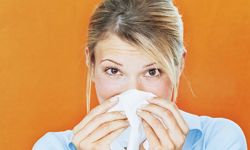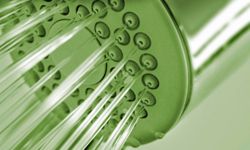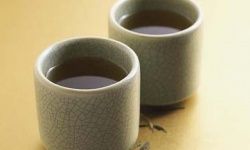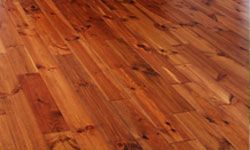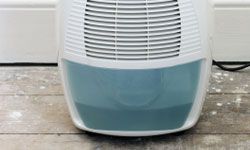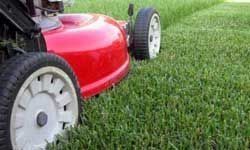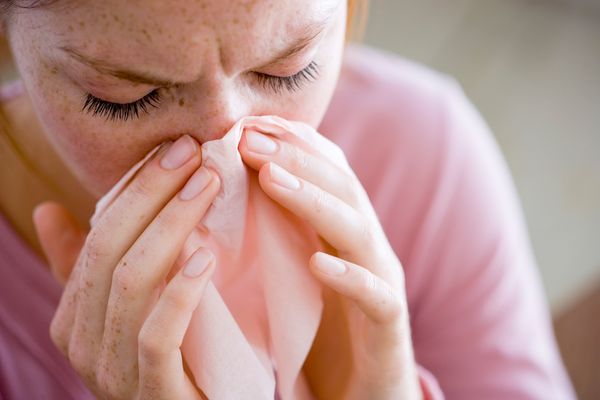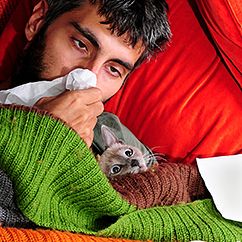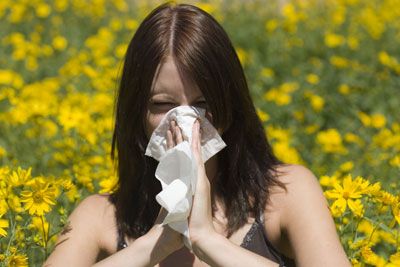Spring's pollens. Summer's smog. Autumn's falling leaves. Winter's house dust. For millions of Americans, each change of season brings its own brand of allergy triggers and irritants. For people with common hay fever and allergies, these pollutants can bring on symptoms ranging from a continuous, annoying postnasal drip to a full-scale, coughing sneezing-itchy-eyed allergy attack. For other allergy sufferers, such as those with allergic asthma or an allergy to bee stings, attacks can be fatal.
While life-threatening allergies are a matter of grave concern to discuss with your doctor, there are many simple home remedies for common allergies that can alleviate some of sniffling and sneezing. In this article, we will show you 27 safe and effective home remedies to relieve your allergy symptoms using time-tested methods and everyday materials. See the next page to get started.
Advertisement
